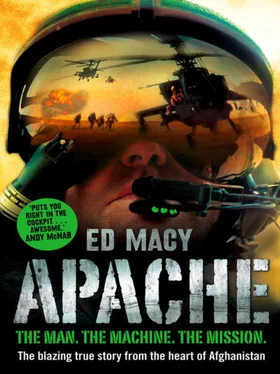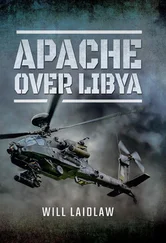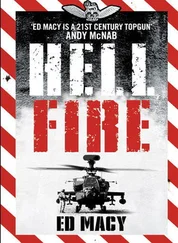It was also the last straw. As much as I love the army, the machine and the amazing years it gave me, sooner or later, being away from your family and the worry they go through gets to us all.
The squadron looks very different now; I wasn’t the only one to leave after that tour. Now, eighteen months on from the second tour, none of the original Apache pilots are serving with 656 Squadron.
Very shortly, Trigger and two of the four that joined us at the end of 2006 will take thirteen new pilots back out to Camp Bastion for the squadron’s third tour of southern Afghanistan. They are lucky people: no pilot could ask for a better leader in the field than the Boss.
Charlotte is his Ops Officer, but plans to leave the army after one final tour of the Helmand to ‘make some money’. She will.
Nick went over to 664 Squadron as their Ops Officer and did a third Helmand tour in the summer of 2008. He plans to stay in and I hope he goes as far as we all predicted; the Army Air Corps needs heroes.
FOG left the army at the same time as I did, to fly MD Explorers for the Police.
Darwin, Geordie and Carl were promoted to WO2; Darwin completed his instructional courses and now teaches students to fly Apaches at Middle Wallop; and Geordie was posted to a specialist military unit to fly civilian helicopters. The two are still incorrigible whenever they are together.
Promotion came too late for Carl and we lost him to the Australian Army. He emigrated to fly the Tiger attack helicopter for the Australian Defence Force and the shrewd Aussies promoted him to captain too.
Billy took a commission and is now a captain, serving as the Assistant Regimental QHI of another Army Air Corps regiment. It’s one more step closer to his ultimate dream – to be the most senior pilot in the Corps. He deserves that too.
Because of what we did in Afghanistan, we were told there would always be a threat to us back home in the UK. The more we do, the more the Taliban and their sympathisers hate us; it’s the price of success. It’s why the MoD affords Apache pilots the same protection as Special Forces; our real names or photographs are never publicly released without our signed permission.
I take sensible but not overly paranoid precautions to protect myself and my family. All my post goes to a special PO Box, I don’t vote, and I don’t have any contracts. My name doesn’t appear on any register or bill and I don’t even own my own home – I’m pretty much invisible. To anyone who wants to find me, I’m untraceable. Which does make getting a residents’ parking permit a pain in the arse.
But I’m not the sort of person to spend the rest of my life looking over my shoulder or worrying if some radical extremist will wake me up in the middle of the night with a 9-mm silenced pistol. Truth be told, I rarely give it a second thought. The one thing my service taught me is that life’s too short to worry.

Photo credit: Lt Col Felton
Self Deploy
The Apache AH Mk1 en route to Afghanistan.

Photo credit: Lt Col Felton
Camp Bastion in the early days
Camp Bastion in the early days. It was a military camp like none of us had ever seen: two square kilometres of khaki tents, mess halls and vehicle parks in the middle of absolutely nowhere. Surrounding the camps was one of the most inhospitable landscapes in Afghanistan.
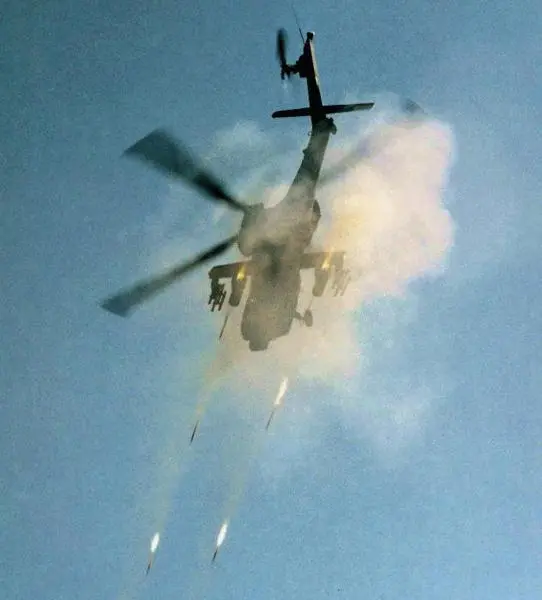
Photo credit: Unknown
Rockets being fired from the Apache’s CRV7 rocket pods
Rockets being fired from the Apache’s four CRV7 rocket pods on the weapons pylons, hung from the wings of the aircraft. A maximum of seventy-six rockets can be loaded into four pods.
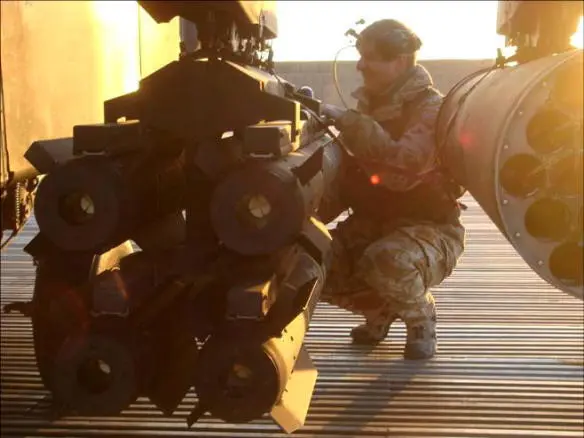
Photo credit: L/Cpl Hambly
Loading Hellfire missiles on to the Westland Apache AH Mk 1
Lance Corporal Si Hambly loading Hellfire missiles on to the Westland Apache AH Mk 1. The Semi-Active Laser Hellfire air-to-ground missile is the Apache’s main anti-tank weapon, designed to kill fast-moving armour and adapted to take out thick-walled buildings. Up to sixteen missiles can be carried on board the aircraft, mounted on to four rails beneath the wings. Able to defeat all known armour, the 20-lb high explosive warhead packs a 5 million-lb-per-square-inch punch on impact and is laser guided from the cockpit for pinpoint accuracy.
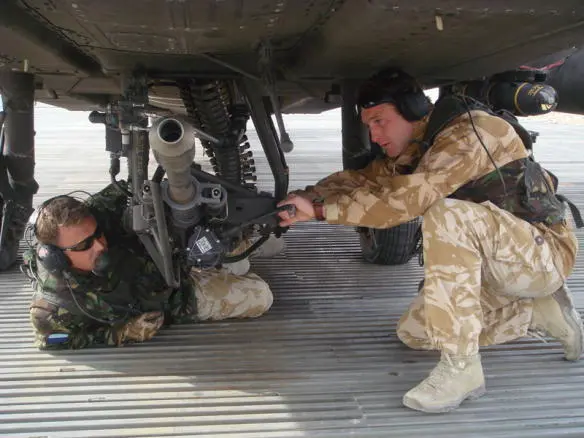
Photo credit: L/Cpl Hambly
M230 gun inspection
The 30-mm M230 cannon fires ten High Explosive Dual Purpose rounds a second to an accuracy of within three metres. Their armour-piercing tips make light work of Armoured Personnel Carriers, vehicles and buildings. The magazine packs up to 1,160 of them, fired in bursts of 10, 20, 50, 100 – or all of them.
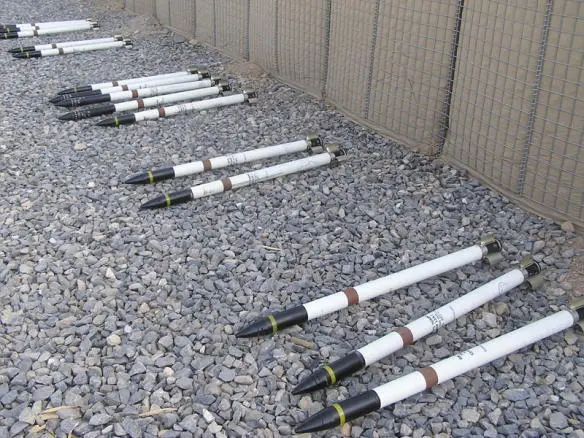
Photo credit: WO1 Ed Macy
Flechette rockets
There are two types of rockets: the Flechette, an anti-personnel/vehicle weapon, containing 80 5-inch-long Tungsten darts; and the HEISAP for buildings, vehicles or ships.
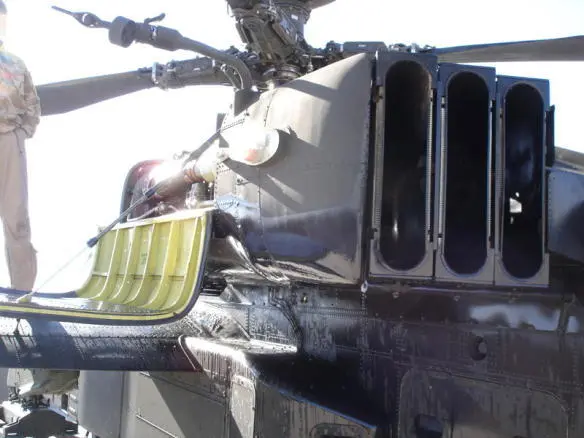
Photo credit: Sgt Nick C
Apache engine failure
Despite the vast extent of checks, double-checks and repairs, things can still go wrong – as this Rolls Royce Apache engine with a hydraulic leak shows. Requiring eighteen four-ton trucks for parts and ammunition, seven articulated lorries, five fuel tankers, three forklift trucks, two motorcycles, five technician vans, one eight-ton engineers’ lorry and one fire engine, an Apache is hugely labour intensive at the best of times. But Afghanistan is the harshest place on earth for these machines, and every hour in the air necessitates thirty-two man hours of maintenance on the ground.
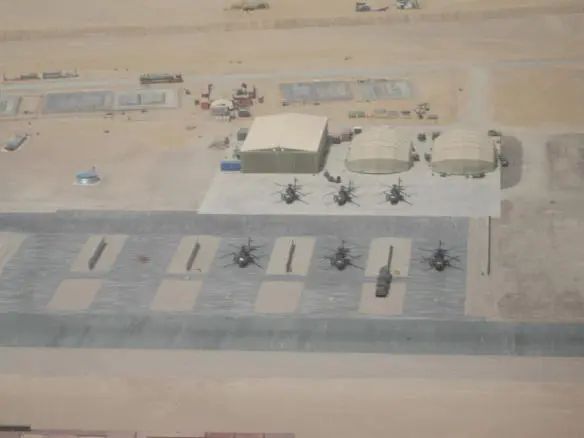
At the most easterly point of Camp Bastion is the flight line, with two north-south runways. Running alongside the edge of the runways are three hangars: one for aircraft; one used as a workshop; and one for personnel. This is where any personal possessions carried by pilots must be deposited before climbing on board the aircraft. Currency, wedding rings and family photos are left behind, preventing the enemy from obtaining any personal effects with which to break service personnel during interrogation.
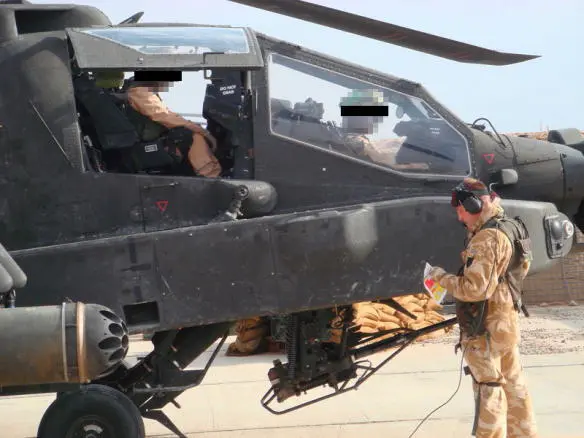
Photo credit: L/Cpl Hambly
Awaiting final checks before takeoff
Billy (in the rear cockpit – the pilot’s seat) and me (in the front cockpit – the gunner’s seat) awaiting final checks before takeoff. As long as the Apache is on the ground, the Arming and Loading Point Commander, Corporal Si Hambly (in front of me) is in control of the aircraft. With an intercom plugged into the cockpit, Si Hambly is able to communicate with us while simultaneously supervising a team of eight, whose singular job is to get the Apache fully loaded and airborne.
Читать дальше
Конец ознакомительного отрывка
Купить книгу
